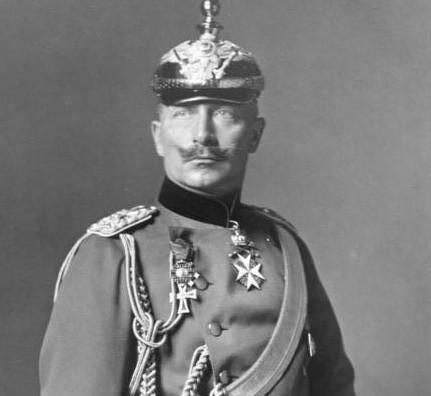
September 17, 2015, by Harry Cocks
Visions of Peace on the Eve of the Great War
As commemorations marking the centenary of the First World War continue, debates concerning the conflict’s origins have assumed a renewed relevance, Dan Hucker writes. Consensus regarding the causes of war remains elusive but a prevailing view of the pre-1914 era as one animated chiefly by militarism, patriotism, and parochial nationalism remains commonplace. In a recent article in Diplomacy & Statecraft I have joined a growing body of historians who question this orthodox view of the pre-1914 years. Focusing instead on a small but committed body of citizen activists – operating both domestically and transnationally – attention can be shifted to the alternative visions to war that were articulated ahead of 1914, visions that even permeated the realm of high diplomacy. One example of a fledgling global civil society in action is the 1899 Hague Peace Conference.
The 1899 Conference – a second Conference also gathered in 1907 – arose from an invitation issued in August 1898 by Tsar Nicholas II calling on the Great Powers to confer with a view to curtailing the arms race. Although the Tsar was doubtless motivated by financial considerations (Russia was struggling to keep pace militarily with more affluent rival powers) the resultant Conference was seized upon by growing legions of peace activists. The campaigning journalist, W. T. Stead, inaugurated a ‘Pilgrimage of Peace’ designed to galvanise British support for disarmament and arbitration. Stead’s ambition was not limited to Britain; eager that his ‘Pilgrimage’ assume a European dimension, he exploited his many overseas contacts – including the Austrian pacifist Bertha von Suttner and the veteran French activist, Frédéric Passy – to initiate parallel campaigns on the Continent.
A further example of the campaign’s transnationalism is the work of the International Peace Bureau (IPB), based in Switzerland. The IPB exploited its many global contacts to compile a raft of documents and propaganda that were distributed amongst the many diplomats who converged on The Hague in May 1899. The IPB was not alone; several other transnational organisations rallied to the cause, including the Interparliamentary Union, The International Arbitration and Peace Association, and, representing the growing body of women activists, the Ligue des Femmes pour le Désarmement International. Throughout the Conference itself, peace activists gathered at The Hague, providing an ‘unofficial’ community that mingled with – and effectively ‘lobbied’ – the official delegates.
The archival record and the memoirs of delegates reveal that this lobbying had an effect, convincing diplomats that disarmament and international arbitration were popular with a global public and thus worthy of serious discussion. The efforts undertaken by citizen activists during this period were also important stepping-stones in the development of transnational activism into the massive organisations that are prevalent today (e.g. Greenpeace, Oxfam, etc.). Furthermore, the Permanent Court of Arbitration established in 1899 was the precursor of the present-day International Court of Justice, and many important steps subsequently taken in international law emanated from the 1899 and 1907 discussions. The dominant narrative of the Great War’s origins pays scant attention to these important historical developments; a corrective is long overdue.
Article link: http://dx.doi.org/10.1080/09592296.2015.1067509
No comments yet, fill out a comment to be the first

Leave a Reply